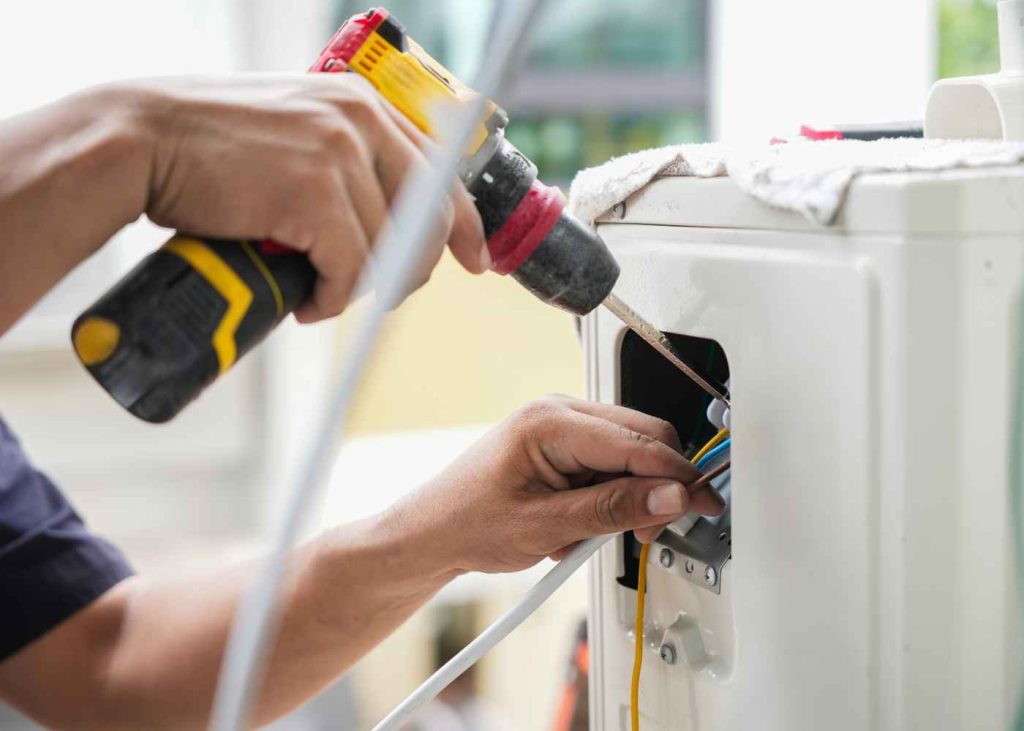Furnace replacement represents a significant home investment that affects comfort, energy costs, and indoor air quality for many years. Many homeowners rush into furnace decisions based solely on price or contractor availability, overlooking critical factors that determine long-term satisfaction and system performance.
Thoughtful consideration of key installation factors ensures you select the right furnace and contractor combination that delivers reliable heating, optimal efficiency, and lasting value. Understanding these considerations helps you make informed decisions that protect your investment while ensuring comfortable winters ahead.
Determining Proper System Sizing and Capacity
Accurate heat load calculations ensure furnaces match your home’s specific heating requirements. Oversized furnaces cycle frequently, wasting energy and causing temperature fluctuations, while undersized units struggle to maintain comfort during cold weather.
Professional load calculations account for insulation levels, window quality, air sealing, ceiling heights, and local climate conditions. These detailed assessments produce precise sizing recommendations that off-the-cuff estimates cannot provide.
Home improvements including new windows, added insulation, or air sealing may allow smaller, more efficient furnaces than previous installations. Updated load calculations capture these changes that affect heating needs.
Ductwork compatibility with new furnace capacity prevents airflow problems that reduce efficiency and comfort. Proper sizing ensures existing ductwork can distribute heated air effectively throughout your home.
Evaluating Energy Efficiency Ratings and Costs
AFUE ratings indicate furnace efficiency, with higher percentages meaning more heat produced per fuel dollar spent. Modern high-efficiency furnaces achieve significantly better efficiency compared to standard models.
Long-term cost analysis compares fuel savings from efficient furnaces against higher purchase prices. Premium efficiency often pays for itself within several years through reduced heating bills while providing ongoing savings thereafter.
Utility rebates and tax credits for high-efficiency furnaces can offset initial costs significantly. Federal tax credits and local utility incentives make efficient models more affordable while supporting energy conservation.
Climate considerations affect efficiency payback periods, with colder regions benefiting more from high-efficiency models through greater annual fuel savings. Local heating costs and usage patterns influence optimal efficiency choices.
Choosing Between Fuel Types and Technologies
Fuel availability and costs in your area determine practical furnace options. Natural gas, propane, oil, and electric furnaces each offer advantages depending on local fuel infrastructure and pricing.
Gas furnace benefits include lower operating costs and clean combustion, making them popular choices where natural gas service is available. Modern gas furnaces provide reliable, efficient heating for most climates.
Heat pump alternatives may provide better efficiency in moderate climates through heating and cooling capabilities. These systems offer year-round comfort solutions that traditional furnaces cannot provide.
Dual fuel systems combining heat pumps with gas furnaces optimize efficiency across temperature ranges. These hybrid systems use the most economical heating method based on outdoor conditions.
Selecting Qualified Installation Contractors
Contractor credentials including licensing, insurance, and certifications demonstrate professional qualifications and commitment to quality. Proper credentials protect homeowners while ensuring competent installation.
Experience with specific furnace brands and models affects installation quality and warranty compliance. Contractors familiar with your chosen equipment install more efficiently while understanding manufacturer requirements.
References and reviews from recent customers provide insights into contractor reliability, workmanship quality, and customer service. Online reviews and personal recommendations help identify trustworthy professionals like those from Steele Brothers Heating Inc.
Written estimates detailing equipment specifications, labor costs, permits, and warranties enable accurate comparisons between contractors. Comprehensive proposals prevent surprise costs and miscommunication about project scope.
Planning for Long-term Maintenance and Support
Warranty coverage including parts, labor, and duration protects your furnace investment. Extended warranties and manufacturer guarantees provide financial security against unexpected repair costs.
Maintenance requirements for optimal performance and warranty compliance include annual professional service. Understanding maintenance obligations helps budget for ongoing costs and ensures system longevity.
Service agreement availability from installation contractors provides convenient ongoing maintenance through scheduled tune-ups and priority service. These programs simplify furnace care while often providing cost savings.
Parts availability and local service support ensure repairs can be completed quickly when problems occur. Popular brands with strong dealer networks provide better long-term support than obscure manufacturers.
Making Informed Investment Decisions
Furnace installation decisions affect home comfort and operating costs for many years, making thorough consideration of all factors essential for optimal outcomes. Rushing into decisions based on limited information often results in regret and suboptimal performance.
The investment in proper sizing, efficient equipment, qualified installation, and ongoing maintenance delivers returns through lower energy bills, consistent comfort, and reliable operation. These factors work together to determine overall satisfaction with your furnace investment.
Taking time to evaluate sizing needs, efficiency options, fuel types, contractor qualifications, and maintenance requirements positions you to make confident decisions that serve your home and family well throughout your furnace’s service life.



